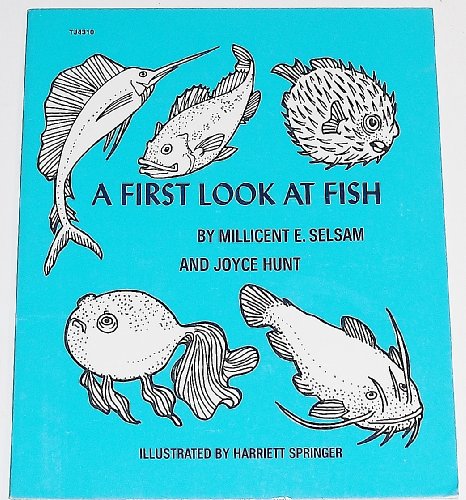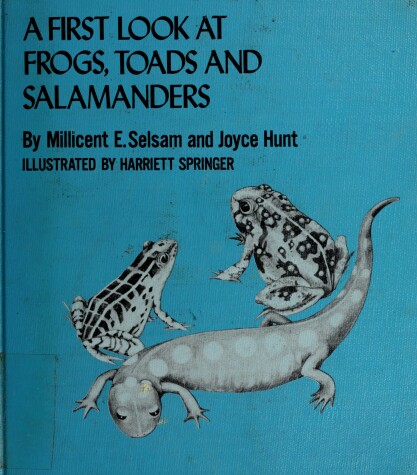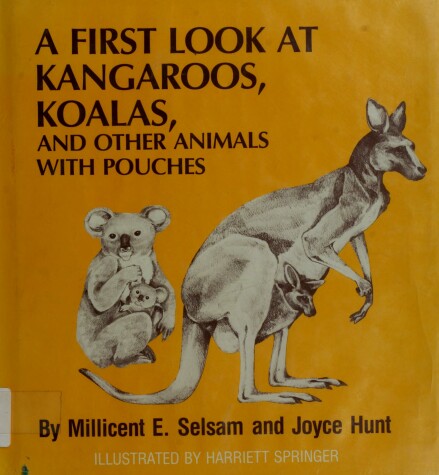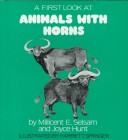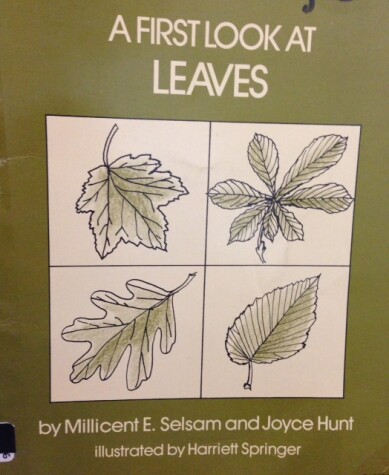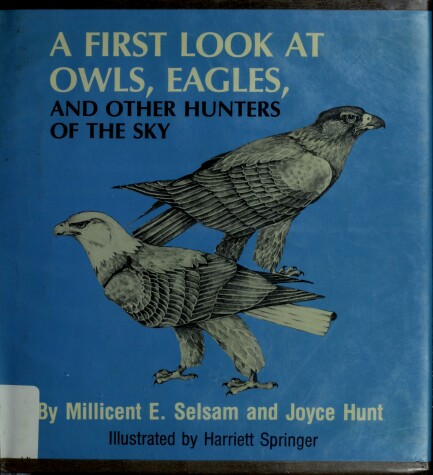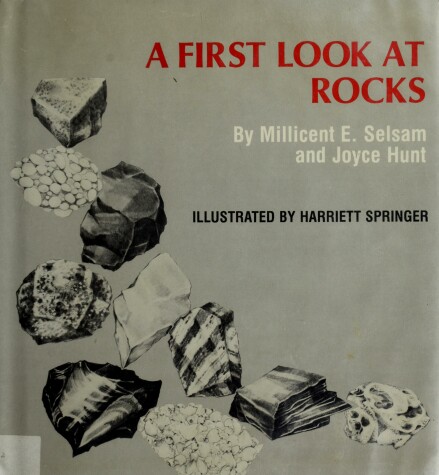First Look At...(Walker & Co.)
26 total works
A First Look at Ducks, Geese, and Swans
by Millicent Ellis Selsam and Joyce Hunt
A First Look at Seals, Sea Lions, and Walruses
by Millicent Ellis Selsam and Joyce Hunt
A First Look at Animals with Backbones
by Millicent Ellis Selsam and Joyce Hunt
A First Look at Kangaroos, Koalas, and Other Animals with Pouches
by Millicent Ellis Selsam
A First Look at Animals with Horns
by Isaac Asimov, Joyce Hunt, and Millicent Ellis Selsam
A First Look at Animals That Eat Other Animals
by Millicent Ellis Selsam and Joyce Hunt
A First Look at Owls, Eagles, and Other Hunters of the Sky
by Millicent Ellis Selsam
